Guinea is a country blessed with rich natural resources and cultural heritage. There are some important things about Guinea you should know.
Introduction
The Republic of Guinea is a coastal country in West Africa. It borders the Atlantic Ocean to the West, Guinea-Bissau to the northwest, Senegal to the north, and Mali to the northeast. Guinea Conakry borders Cote d’Ivoire to the southeast. It borders Sierra Leone and Liberia to the south.
To differentiate it from other territories in the eponymous region, it is often referred to as Guinea Conakry. It has a population of 14 million people and an area of 245,859 square kilometers. In Guinea, Muslims are 90% of the population.

Here Are 14 Important Things About Guinea;
A French Colony
Guinea’s colonial period began with French military penetration into the area in the early to mid-19th century. This led to France replacing Portugal as the dominant European power in the region. As a result, the French took control by building forts and occupying coastal towns.
At first, the French Empire administered the territory as part of its Senegalese colony. Later it established the colony of Riveières du Sud in 1882 and finally the colony of French Guinea in 1891. French domination was assured by the defeat of the armies of the Samori Touré, the Emperor of the Ouassoulou state and Leader of malinka descent, whose defeat gave France control of what is Guinea today
Furthermore, France negotiated Guinea’s present boundaries in the late 19th and early 20th centuries with other nations. The nations were the British colony of Sierra Leone, Portuguese colonial Guinea (Guinea-Bissau), and the United States-backed Liberia.
Independence In 1958
Due to political instability and its failure to deal with its colonies, the French Fourth Republic collapsed in 1958, especially its Algeria colony.
As a result, the founding of a fifth Republic garnered a lot of support from the French people. On the 8th of August 1958, the French President at the time, Charles de Gaulle made it clear that France’s colonies were to be given a clear choice between more autonomy and immediate independence.
The other French colonies chose the former but Guinea under the leadership of Sékou Touré went for the latter. Ahmed Sékou Touré’s Democratic Party of Guinea had won 56 of 60 seats in the 1957 territorial election.
As a result of the decision Guinea stood by, the French withdrew immediately and destroyed infrastructure and valuable equipment along the way. Finally, on the 2nd of October in 1958, Guinea proclaimed itself a sovereign and independent republic, with Sékou Touré as President.
Grande Mosquée de Conakry
Under the leadership of Ahmed Sékou Touré, this mosque was built. It was funded by the King of Fahd of Saudi Arabia. The Fourth-largest mosque in Africa was inaugurated and opened in 1982.
The mosque has 2,500 places on the upper level for women and 10,000 below for the male gender. It has a large esplanade that can contain 12,500 worshipers.
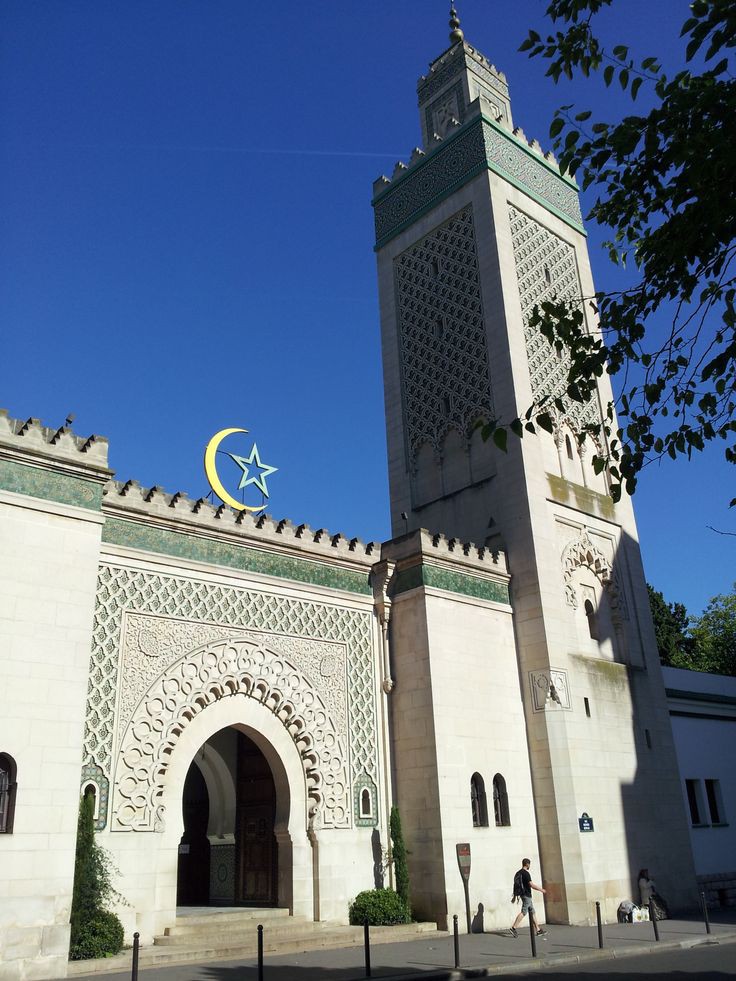
Moreover, the gardens of the mosque have the Camayanne Mausoleum, including the tombs of the national hero Samori Ture, Sékou Touré, and Alfa Yaya.
However, the mosque lacks maintenance culture, as it has issues with running water and electricity. This is after a bounty donation of 20 billion GNT by the Kingdom of Saudi Arabia in 2003.
Conakry
Conakry was originally settled on the small Tombo Island before it spread to the neighboring Kaloum Peninsula. The city was essentially founded after Britain ceded the island to the French in 1887.
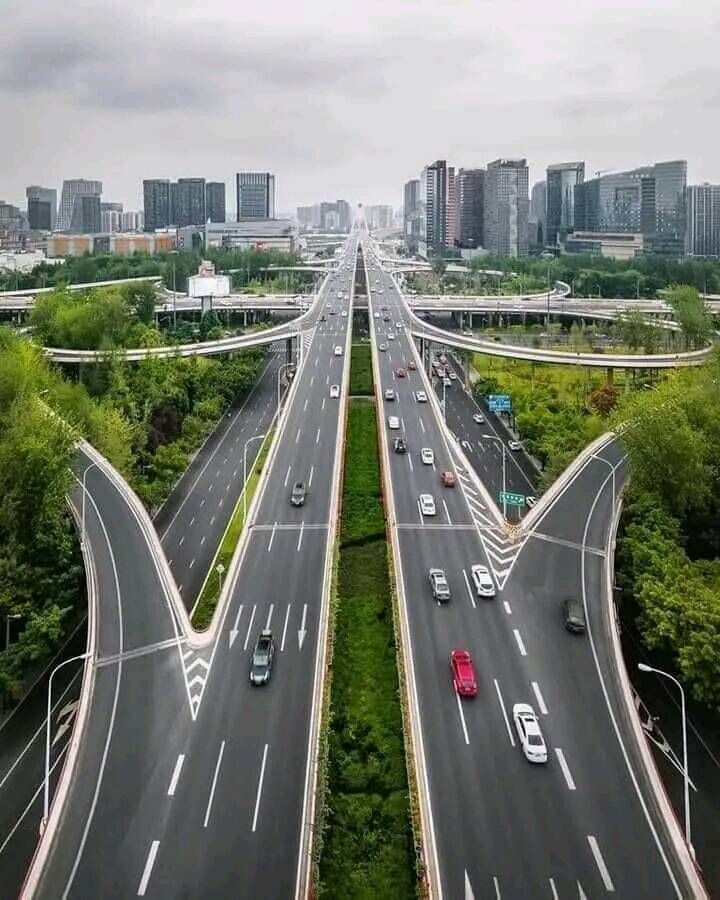
2 years before, the two island villages of Conakry and Boubinet had fewer than 500 inhabitants. That changed in the following century as Conakry became the capital of French Guinea in 1904. It became a successful export port, particularly, after a former railway to Kankan opened up the interior of the country for the large-scale export of groundnut.
Many decades after independence, the population of Conakry skyrocketed, from 50,00 inhabitants in 1958 to over 570,000 in 1980, to over 2 million right now. While it was an advantage to its colonial founders, its small land area and relative isolation have created an infrastructural burden since independence.
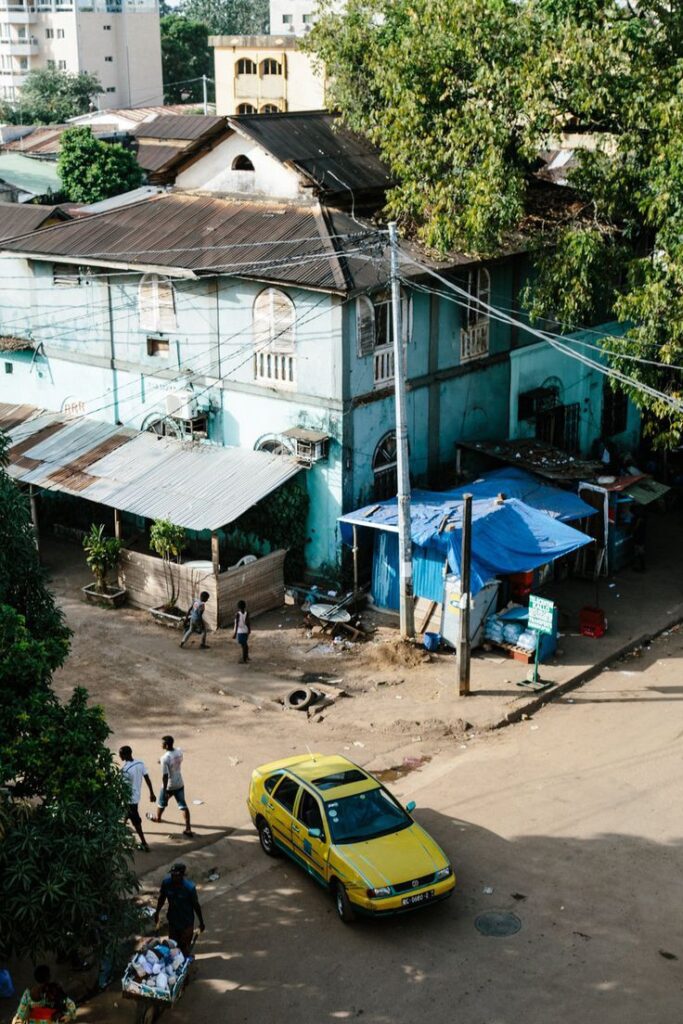
However, Conakry serves as the financial, economic, and cultural center of Guniea, as it still remains the capital and largest city of Guinea.
Badiar National Park
Badiar National Park is located on Guinea’s border with Senegal. It is contiguous with Senegal’s much larger Niokolo-Koba National Park. The park was built in May 1985, as a reaction to Senegal’s concern about poaching in its Niokolo-Koba National Park.
The Badiar National Park consists of two separate areas. The Mafou sector and the Kouya sector. There is also a buffer sector around the Moufou sector. The principal rivers are the Koukountou, (one of the main tributaries of the Gambia River) and the Miji.
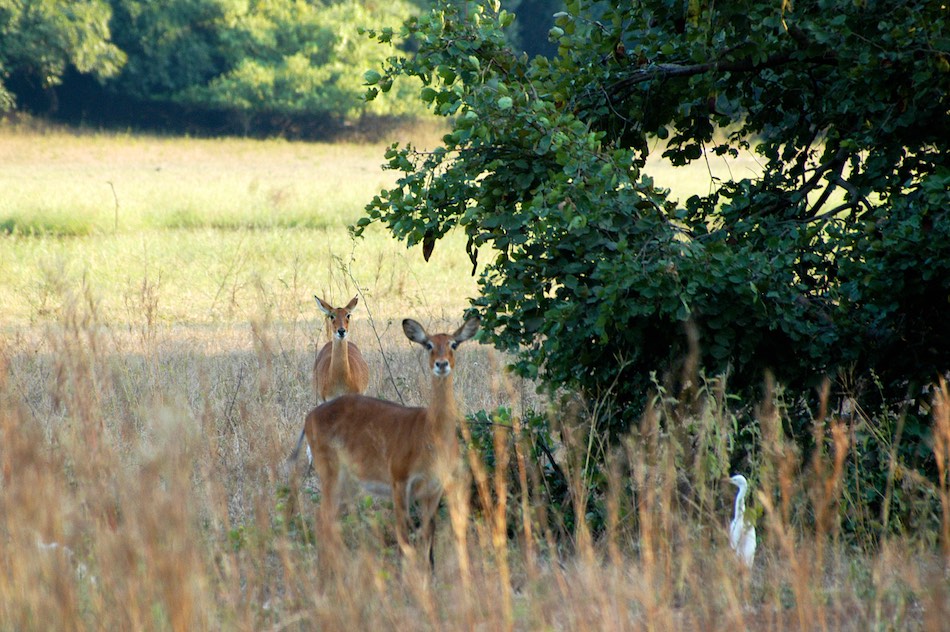
Furthermore, there is an average rainfall of 1,259 millimeters annually, mostly during the rainy season of June to October. The park is very important to the ecosystem. It has a large variety of vertebrate species and vascular plants. It is one of the three core areas of the Badiar Biosphere Reserve established in 2002. Moreover, the neighboring forest of Southern Badiar and the Forest of Ndama are the other 2 areas.
Furthermore, the park has a savanna, gallery forest, and open woodlands. The eastern part of the park has scrub woodland, while the western part has a wooded savanna and open forest.
There are endangered plant species in the park. They include; Ceiba pentandra, Cassia sieberiana, and Combretum micranthum. Some of the endangered animal species include the Western red colobus, the common chimpanzee, the white stork, the African rock python, etc.
Other resident species in the park include the African elephant, the roan antelope, the leopard, the spotted hyena, and the baboon.
Guinea Official Langauge Is French
Guinea has 22 major languages being spoken in the country. However, the French language is the country’s official language, although it is used almost exclusively as the backup language or the second language.
In Guinea, six indigenous languages are the national languages. They are Pular, Maninka, Susu, Kissi, Kpelle and Toma.
Geographically, there are three most used languages in the country. Pular is mostly used in Middle Guinea (the northwestern part of the country). Maninka is mostly spoken in Upper Guinea (northeastern part of the country). And Susu in Maritime Guinea (the southwestern part of the country).
Sékou Touré’s Guinea
In 1960, Touré declared the PDG (Democratic Party Of Guinea) to be the only legal party in the country. Although, Guinea had always effectively been a one-party state since independence.
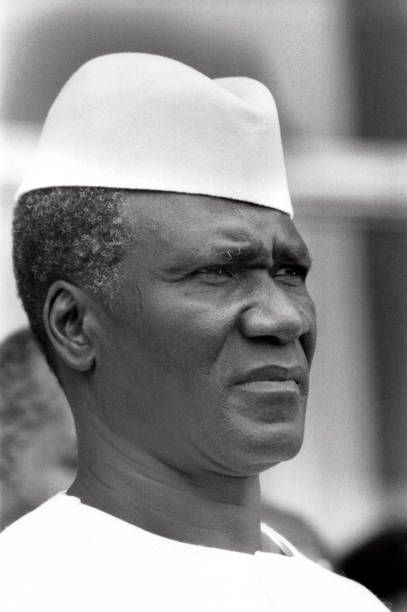
For over 2 decades, Touré effectively held all governing power in the country. He was elected to a 7-year term as President of the Republic of Guinea in 1961. As the leader of the PDG, he was solely the only candidate. As a result, he was reelected unopposed in 1968, 1974, and 1982. His party also dominated the majority of the political positions in the country. Every five years, a single list of PDG candidates was returned to the National Assembly.
During his presidency, Touré’s policies were on socialism. As a result of the nationalization of foreign companies and his centralized economic plans, he was awarded the Lenin Peace Price in 1961.
His early actions to reject the French didn’t go down well with many powerful forces at the time, but the failure of his administration to provide economic opportunities or democratic rights angered a lot. Throughout Touré’s dispute with the French, he maintained a cordial and good relationship with many socialist countries.
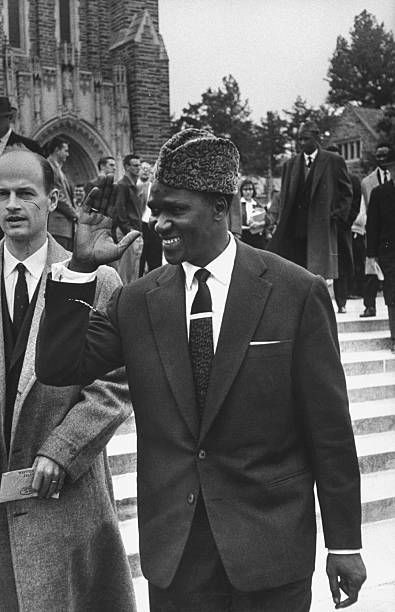
However, Toure’s attitude toward the French didn’t augur well with his own people and some other African countries. As a result, some other African countries ended diplomatic relations with Guinea over his actions. Touré’s primary allies in the region were Presidents Kwame Nkrumah of Ghana and Mudibo Keita of Mali. After Nkrumah was overthrown in a 1966 coup, Touré gave him asylum in Guinea and gave him the honorary title of co-president.
Domestically, Sékou Touré pursued socialist economic policies which included the nationalization of banks, energy, and transportation.
Mount Richard-Morland
Mount Richard-Morland is a mountain along the border of Ivory Coast and Guinea in West Africa. The mountain is part of the Guinea Highlands, which straddles the borders between the two countries and Liberia. The nearest major settlements are the town Yekepa in Liberia and the town of Bossou and N’zoo in Guinea.
Moreover, the mountain is named after the French geographer Jacques Richard-Morland, who died in an accident at the mountain site in 1951. Before that, it was called Mount Nouon.
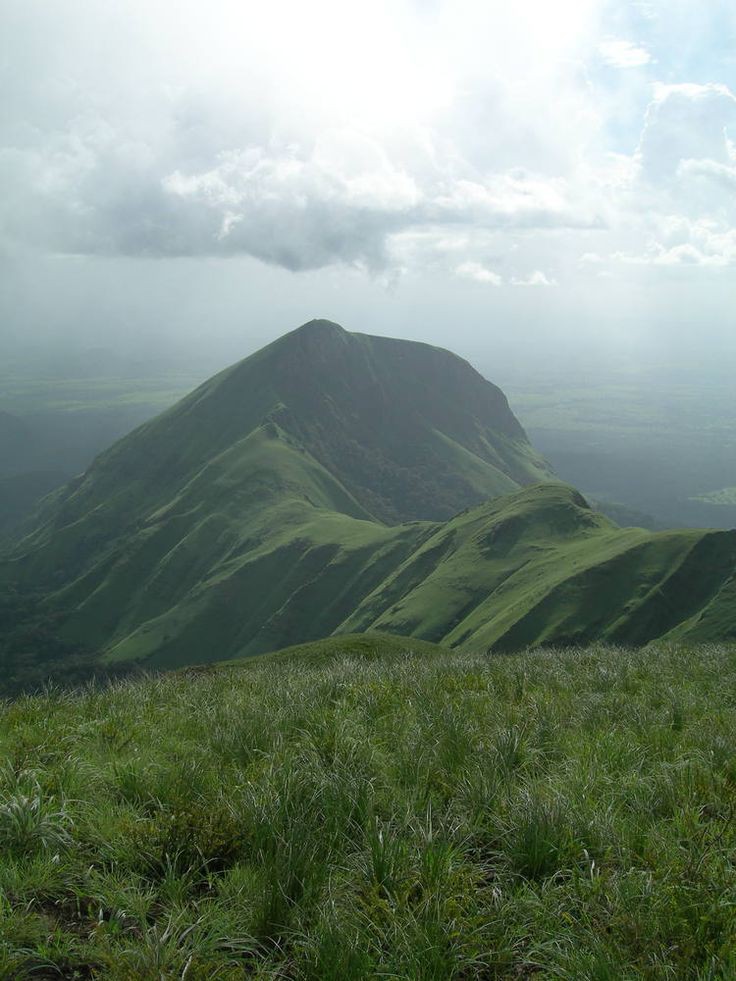
Geologically, the mountain is rich in iron ore and cobalt. The mix of iron-rich quartzite sheets, schists, and granite gneiss characterize the geological pedogenesis.
Guinea Mining Industry
The minerals extracted during the colonial rule consisted of iron, gold, diamond, and bauxite. Guinea tops the World when it comes to bauxite reserves and it is 6th in the extraction of the aluminion ore and high-grade bauxite.
In 2010, the mining industry had 17% of Guinea’s gross domestic product (GDP). The country also accounts for 94% of Africa’s mining production of bauxite. In addition, its large mineral reserves which have mostly remained untapped are of great interest to international firms.
Guinea’s mining industry, precisely the iron mining industry has however suffered from controversy in recent years. As of 2019, Guinea was the world’s third-largest producer of bauxite.
Fouta Djallon
Since the 17th century, the Fouta Djallon region has been a stronghold of Islam. Early revolutionaries led by Karamokho Alfa and Ibrahim Sori created a federation of 9 provinces.
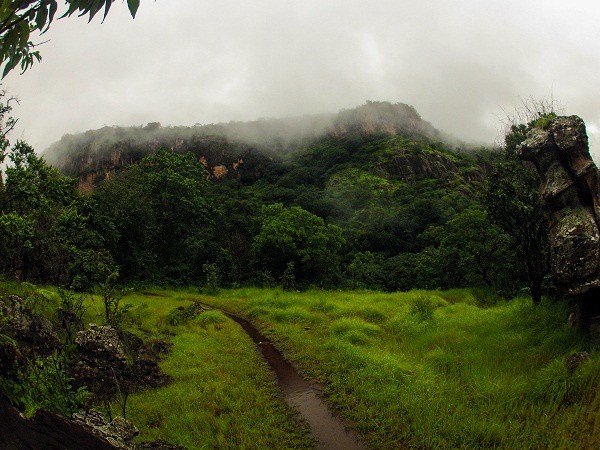
Many succession crises weakened the central power in Timbo until 1896 when the French army defeated the last Almamy, Bubakar Biro in the battle of Porédaka.
The Fulbe of Fouta Djallonke spearheaded the expansion of Islam in the nation. In addition, the Muslim scholars of Fulbe developed indigenous literature using the Arabic alphabet.
Guinean’s Foods
West African dishes are prevalent in Guinea. Some of the dishes are jollof rice, fufu, tapalapa bread, and maafe.
Guineans also eat fried plantain, boille (made from rice and corn), and smoked fish (also known as Konkoe). These foods are always served with boiled cassava leaves.
Chimpanzees Used Tools In Guinea
Guinea chimpanzees caught sight of human beings using tools to chop up their food into small portions before eating.
As a result, researchers found out that these chimpanzees had started using wooden cleavers, stones, and anvils to cut up regular fruits into pieces.
Traditional Healers Are Well-Known In Guinea
Traditional healers are who most people in Guinea sought after first when they fell sick. Close to 80% of sick Guineans will call traditional healers first.
These traditional healers call on divine powers to help cure the sick. They have proven helpful and invaluable during life-threatening diseases, such as Ebola.
Linsonyi
A new tree was discovered in 2015 by a local botanist, Martin Creek. It is called ‘Talbotiella cheeki’. The tree can go up to 24 meters. It is mostly known as ‘Linsonyi’ or ‘wonkifong wouri khorohoi’, which means ‘tree with hardwood from working’.
Furthermore, the tree only grows in a small specific area and grows in large clusters along rocky hills and streams. It produces red and white flowers at the end of April but it can be difficult to catch due to their very short flowering period.
Conclusion
Guinea remains a stronghold in Africa. It is a place you would love to experience.







